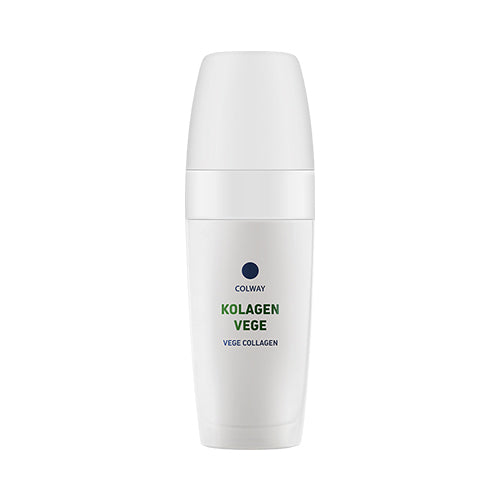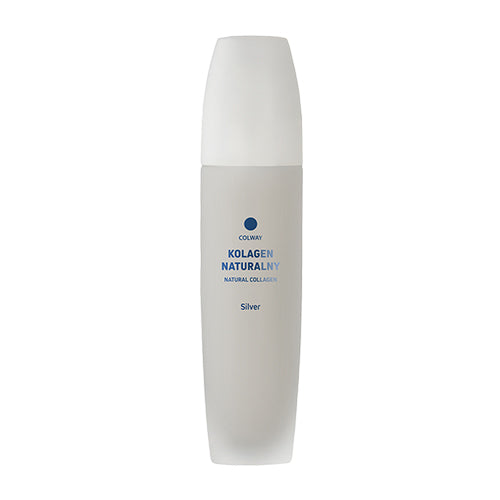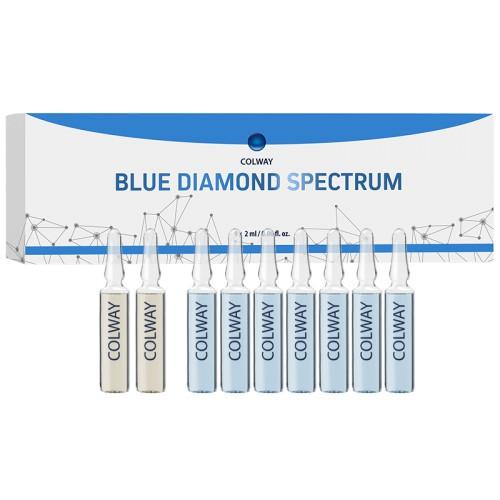Best Methods for Treating Scars After Mammary Reduction
Scars after mammary reduction can be a major concern for many patients. Fortunately, there are several treatment options available to help minimize the appearance of scars and improve the overall aesthetic of the breast area. In this article, we'll explore two popular methods of scar treatment: laser therapy and topical collagen application.
Scarring is a natural part of the healing process after any type of surgery, including mammary reduction. Mammary reduction, also known as breast reduction, is a surgical procedure that removes excess breast tissue and skin to achieve a breast size more proportionate to a patient’s body. This procedure can have a significant impact on a person's quality of life by reducing physical discomfort, improving posture, and enhancing self-esteem.
However, the scars resulting from the procedure can be a cause of concern for some patients. Fortunately, there are several methods to help minimize the appearance of scars after mammary reduction. In this article, we will discuss two of the most effective methods: laser treatment and topical collagen application.
Laser Treatment
Laser treatment, also known as laser therapy, is a popular option for treating scars after mammary reduction. The laser used in this treatment is a focused beam of light that targets the scar tissue and breaks it down, allowing new, healthy tissue to grow. There are two types of laser therapy: ablative and non-ablative.
Ablative Laser Treatment
Ablative laser treatment involves removing the outer layer of the skin with a laser to promote the growth of new skin cells. This type of laser treatment is more aggressive and is generally reserved for more severe scarring. Ablative laser treatment can cause more significant side effects, such as redness, swelling, and itching, and requires more downtime for the skin to heal.
Non-Ablative Laser Treatment
Non-ablative laser treatment is less invasive and does not remove the outer layer of the skin. Instead, the laser penetrates the skin to stimulate collagen production, which helps to improve the appearance of scars. This type of laser treatment has fewer side effects and requires less downtime than ablative laser treatment.
Laser treatment is generally safe and effective when performed by a licensed and experienced dermatologist or plastic surgeon. The number of laser sessions needed depends on the severity of the scarring, but most patients see a significant improvement in the appearance of their scars after just a few sessions.
Topical Collagen Application
Collagen is a protein that is naturally present in our skin and is responsible for keeping our skin elastic and smooth. However, after surgery, the body's natural collagen production can be disrupted, leading to the formation of scars. Topical collagen application is a method of treating scars by supplementing the body's natural collagen production.
Topical collagen is available in a variety of forms, including creams, gels, and patches. These products contain collagen that is derived from various sources, such as cows and fish. When applied to the scar, the collagen penetrates the skin and helps to rebuild the damaged tissue. Over time, the scar becomes smoother and less noticeable.
While there is some debate about the effectiveness of topical collagen, several studies have shown that it can help to reduce the appearance of scars. One study published in the Journal of Cutaneous and Aesthetic Surgery found that the application of a collagen-based gel to surgical scars resulted in a significant improvement in scar appearance after just eight weeks.
Timing for Scar Treatment After Mammary Reduction Surgery
The timing for using scar treatments like laser therapy and topical collagen application after a mammary reduction operation can vary depending on the patient's individual circumstances and the extent of their scarring. It's important to follow your surgeon's post-operative instructions and allow your incisions to fully heal before beginning any scar treatment. Typically, patients will need to wait at least several weeks to a few months after the surgery before beginning scar treatment. It's also important to note that these treatments may require multiple sessions or applications to achieve optimal results, so patients should be prepared to commit to a course of treatment as recommended by their healthcare provider.
In summary, scars after mammary reduction can be a significant concern for many patients, but there are several effective treatment options available. This article explored two popular methods of scar treatment: laser therapy and topical collagen application. Laser therapy involves using a high-energy laser to break down scar tissue and stimulate collagen production, while topical collagen application involves applying a collagen-based cream or serum directly to the scar. Both methods have their own unique benefits and drawbacks, so it's important to consider these factors when deciding on the best treatment option for your specific needs. With this information, patients can make an informed decision on the best method to treat their scars and improve the overall aesthetic of their breast area.













